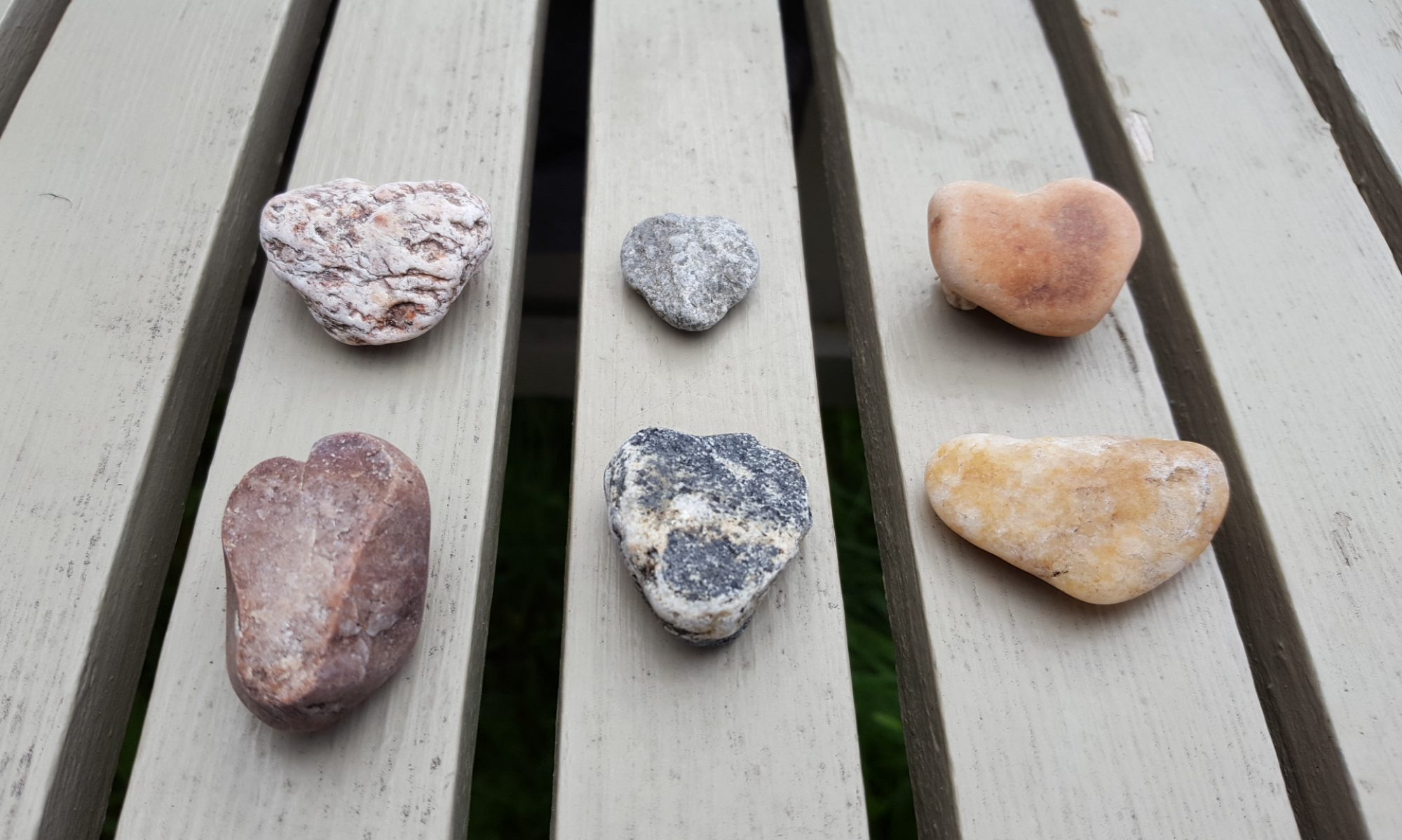I have been very absorbed by the issue of suffering in recent months. The human condition is characterized in part by suffering. In some religious contexts, like Buddhism, to live is to suffer. Suffering is different than pain, although they are often linked. Suffering often arises in the context of conditions that cause acute or chronic pain. Yet suffering is much more an emotional-mental-spiritual process or experience that may not be a consequence of specific somatic pain or discomfort. Pain and suffering can be associated with various diseases or ailments, but for many afflictions there may be periods of time when no pain is experienced or suffering is present.
Because we generally have an aversion to pain or suffering, there have been many efforts to assuage, dampen or relieve such. These have been primordial, natural potions from plants and other animals, they have gases like nitrous oxide, ether, chloroform, etc., and they have been pharmaceutical like acetyl salicylic acid, acetominophen and all of the modern OTC painkillers. They have been powerful opioids for medical use. They have been mind-altering illicit drugs. The thrust towards relieve of pain or suffering has driven a terrible wave of misuse of drugs with a tiny therapeutic window, wherein the overdose can spell death. Thus, our journey to pain-free, suffering-free, stress-free lives have contributed to the over-use or inappropriate use of drugs that can kill, and kill swiftly. We are in a global state-of-urgency regarding this crisis.
I became interested in suffering perhaps as much through the writings of Hans Selye, great Canadian researcher who devoted his life to understanding stress and the “local and general adaptation syndromes”. His concepts about the neuro-endocrine axis and its fundamental importance in how we adapt or de-adapt to stress have permeated much modern directions and thinking biomedicine, psychology and sociology. Along with his 1000 original papers, and medical treatises, he wrote public-oriented books like Stress without Distress. But the one thing Selye pointed out that got him interested in disease and suffering was the “look of being ill” that patients have, regardless of the specific condition they have. This look is partly a reflection of the stress, the response to it – the human face of suffering.
When I sat in a large clinic building this week, having a cup of coffee before a meeting, I had nearly 30 minutes to watch the people passing by. I saw suffering. I saw people with fear in their eyes, with grief, with tears, in pain, fatigued, bent, disabled. I saw the contrasting energy of the ill and that of the busy professionals who passed by. The diversity of conditions was evident, and the diversity of the people even greater…….old and young, child and adult. Moving through this public space were the rapid walkers and sprinters, the slow and almost immobile, the latter with canes or walkers or wheelchairs, or just someone’s strong hand. Filling this scene there was indeed help and hope for the suffering folks. And, there on the wall was a large, and emphatic mural from Foster Eastman, I think acrylic, with white background and big black letters, boldly shouting to any readers…….GIVING IS A LONG TERM STRATEGY. We all must give to relieve the suffering we see or feel every day. Indeed, it was Helen Keller who said…..”although the world is full of suffering, it is also full of the overcoming of it.”. Be part of the overcoming!
